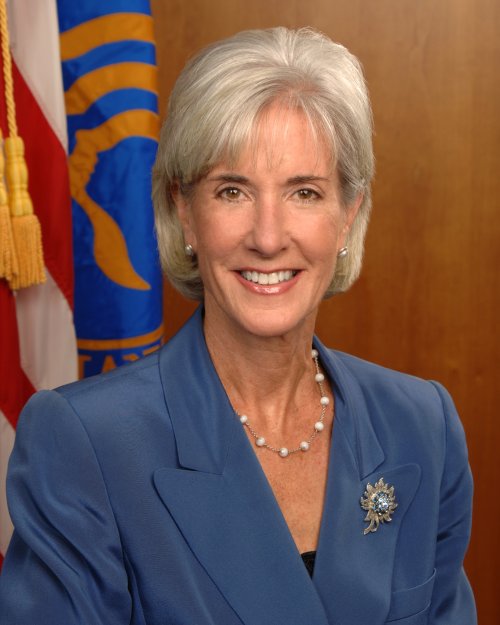Health reform law provides coverage for nearly 50,000 Americans with pre-existing conditions
Health reform law provides coverage for nearly 50,000 Americans with pre-existing conditions
Pre-Existing Condition Insurance Plan saves lives
Health and Human Services Secretary Kathleen Sebelius today announced that the new health care law’s Pre-Existing Condition Insurance Plan (PCIP) program is providing insurance to nearly 50,000 people with high-risk pre-existing conditions nationwide. The Department released a new report demonstrating how PCIP is helping to fill a void in the insurance market for consumers with pre-existing conditions who are denied insurance coverage and are ineligible for Medicare or Medicaid coverage.

“For too long, Americans with pre-existing conditions were locked out of the health care system and their health suffered,” said HHS Secretary Kathleen Sebelius. “Thanks to health reform, our most vulnerable Americans across the country have the care they need.”
Under the Affordable Care Act, in 2014, insurers will be prohibited from denying coverage to any American with a pre-existing condition. Until then, the PCIP program will continue to provide enrollees with affordable insurance coverage.
PCIP is helping individuals like:
- Gail O’Brien of Keene, New Hampshire who is now getting help with non-Hodgkin’s lymphoma treatments and is responding very well.
- James Howard of Katy, Texas who is grateful for the coverage the PCIP program is providing to treat cancer and says that without it, he would not have been able to continue receiving care.
In many cases, PCIP participants have been diagnosed with and need treatment for serious health care conditions such as cancer, ischemic heart disease, degenerative bone diseases and hemophilia. As a result of the new law, PCIP enrollees are receiving health services for their conditions on the first day their insurance coverage begins. Their critical need for treatment, combined with their lack of prior health coverage has led to higher overall per-member claims costs in state-based PCIPs of approximately $29,000 per year, which is more than double the per member cost that traditional State High Risk Pools have experienced in recent years.
Enrollment in PCIP has seen a nearly 400 percent increase from November 2010 to November 2011. PCIP enrollment is anticipated to trend upwards of 50,000 enrollees within the coming month.
People who enroll in the PCIP program are not charged a higher premium because of their medical condition. Program participants pay comparable premium rates to healthy people in the individual insurance market. By law, premiums may vary only on the basis of age, geographic area and tobacco use.
PCIP provides comprehensive health coverage, including primary and specialty care, hospital care, prescription drugs, home health and hospice care, skilled nursing care, preventive health and maternity care. The program is available in 50 states and the District of Columbia and open to U.S. citizens and people who reside in the U.S. legally (regardless of income) who have been without insurance coverage for at least six months, and have a pre-existing condition, or have been denied health insurance coverage because of a health condition.
The Affordable Care Act directed the Secretary of HHS to carry out PCIP either directly or through a contract with a state or nonprofit entity. In 27 states, a state or nonprofit entity elected to administer PCIP, while HHS operates the program in the remaining 23 states and the District of Columbia.
The new report can be found at: http://www.cciio.cms.gov/resources/files/Files2/02242012/pcip-annual-report.pdf
For more information, including eligibility, plan benefits and rates, as well as information on how to apply, visit www.pcip.gov and click on “Find Your State.” Then select your state from a map of the United States or from the drop-down menu.
The PCIP call center is open from 8 a.m. to 11 p.m.
Eastern Time. Call toll-free 1-866-717-5826 (TTY 1-866-561-1604).
###
* The above information is adapted from materials provided by USA Department of Health and Human Services (HHS)
** More information at USA Department of Health and Human Services (HHS)




















